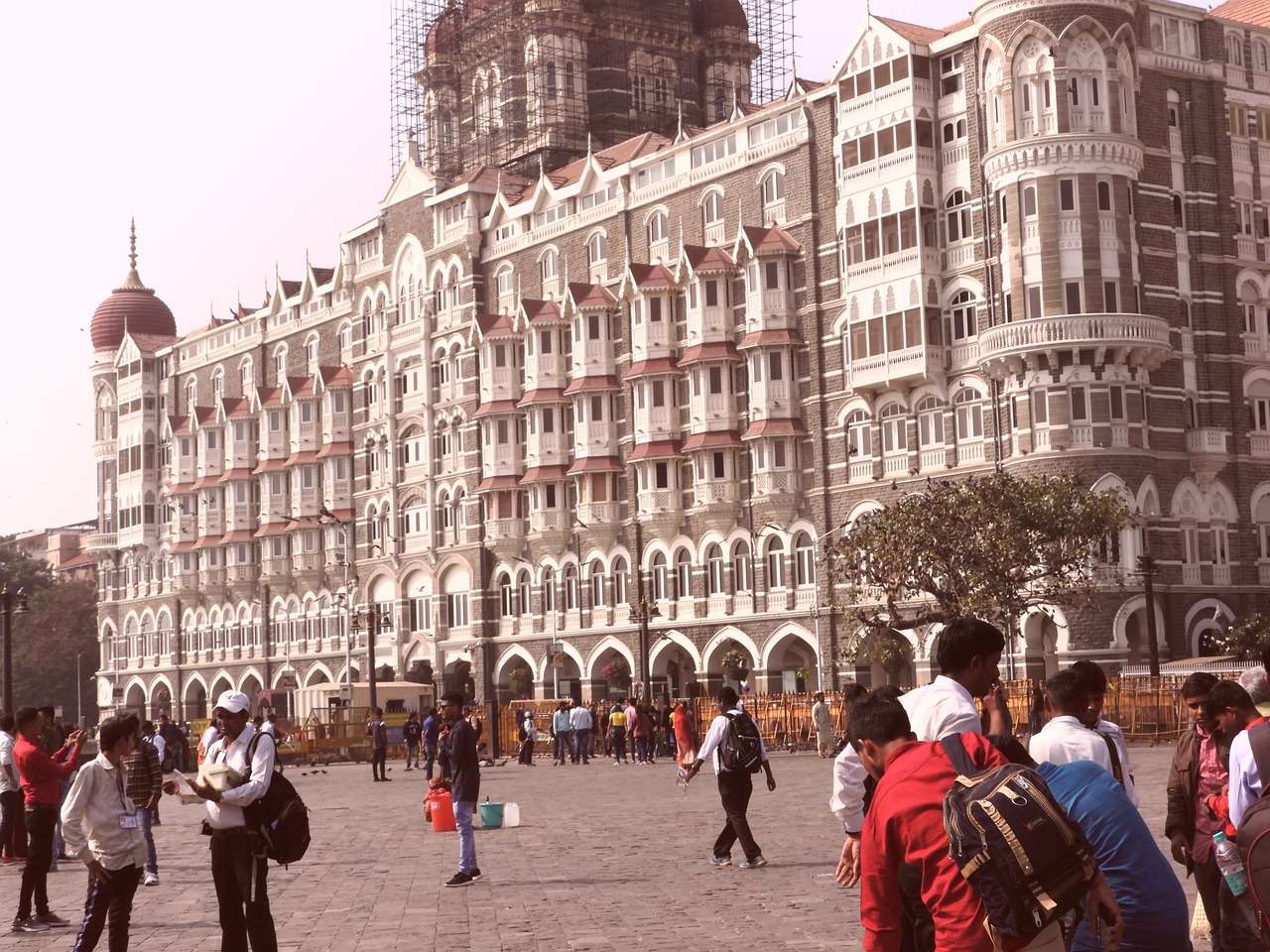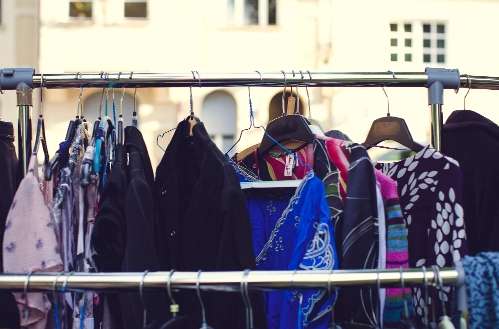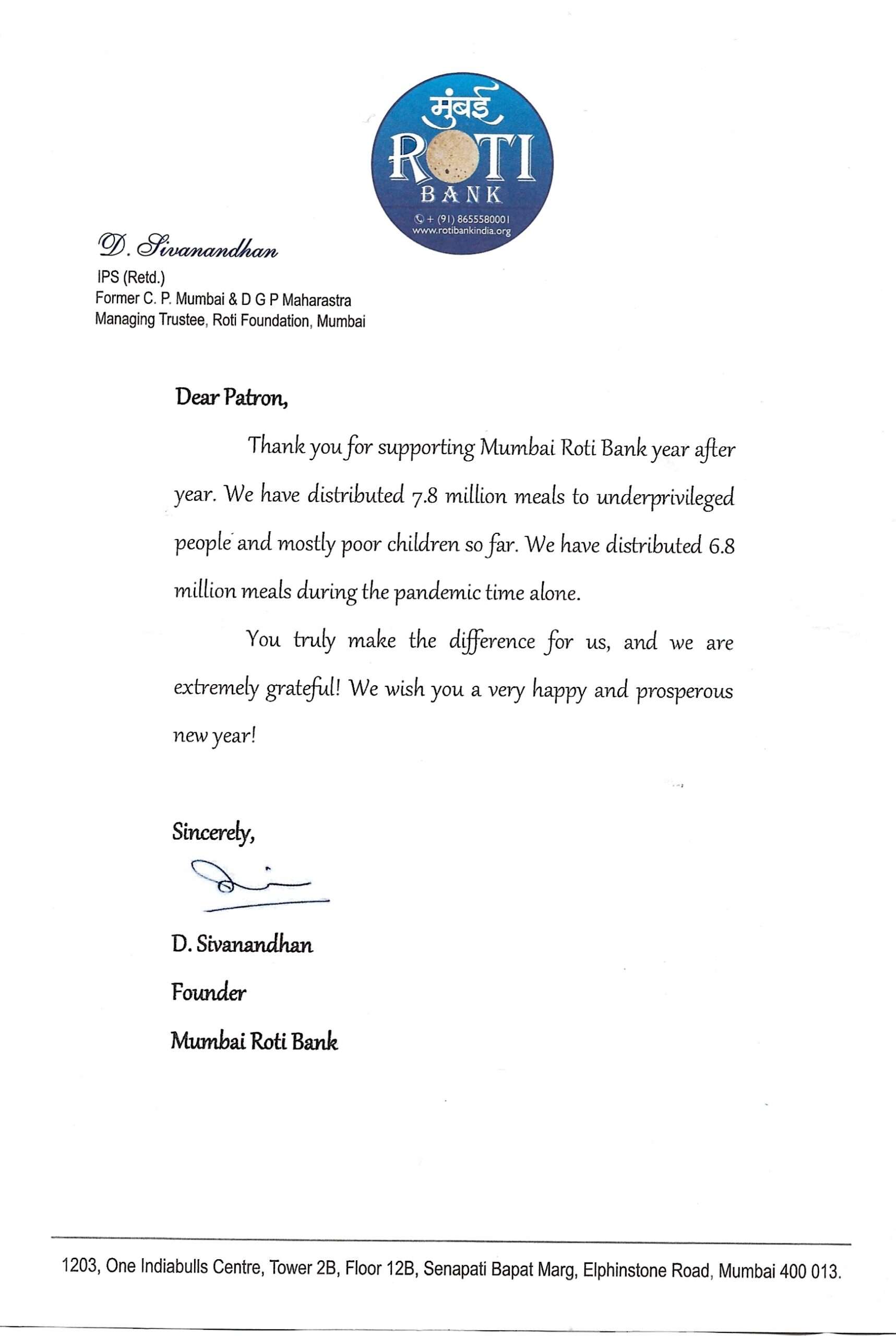Did you know that about 1000 migrants move to Mumbai every day? Mumbai’s population is booming yearly by 3%, and the population doubles every 23 years. What is peculiar about Mumbai that draws so many people in? First, Mumbai appeals to people primarily because of its many pull elements. In contrast, these beckoning forces do not always reflect reality. The saying goes, ‘the grass is always greener on the other side. People believe there are a plethora of better opportunities in the city that will change their life.
Employment opportunities, higher earnings, and better housing and services like healthcare and education drive many people to the city. Many relocate, believing their quality of life will drastically improve. Cities like Mumbai, however, have challenges, and those who relocate do not always find a better life. Among the difficulties, people also experience substandard housing, violence, low pay, and unemployment, to name a few. But perhaps the most pressing one among all is hunger.
Rising Hunger And Falling Hopes
Have you ever felt the need to eat desperately? The burning sensation in the pit of your stomach combined with sense of helplessness. 829 million go to bed hungry and 25% that face excessive hunger? Mumbai’s lengthy migration history is a significant factor in the city’s economic and social situation. However, migration, particularly from other states, has also contributed to an increase in hunger rates. Lockdowns caused the financial foothold of thousands of migrants to be torn away. Now Hunger is hunting them. At the height of a disastrous surge that flooded hospitals and crematoriums, more than 15 million Indians lost their employment within May. These circumstances have led to a rise in hunger, especially in urban areas, where over a third of the world’s hungry people already reside.
Although there are limited figures available, migrants and staff at food distribution facilities in Mumbai claim they have never witnessed lineups this long of people in need of food. Thousands of homes go without a single good meal every day for days, leaving the children to survive on scraps, while unemployed parents accept the humiliation of begging for food for their kids.
Mumbai, the financial capital of India, is also home to the country’s most significant number of slum dwellers – around 60% of the city’s population lives in slums. This figure is even higher in the case of children – 70% of Mumbai’s children live in slums. The living conditions in these slums are deplorable, and many residents cannot meet their basic needs.
With little to no help from the government or other organizations, these migrants struggle to survive. The problem of hunger among migrants in Mumbai is a complex one. But something needs to be done to help these vulnerable people. Otherwise, the situation is only going to get worse. Several organizations are working to help address this problem. The Pepper Cook Seva Kitchen, a community kitchen, is an initiative that provides meals to impoverished people.
Image Source: Pixabay










0 Comments